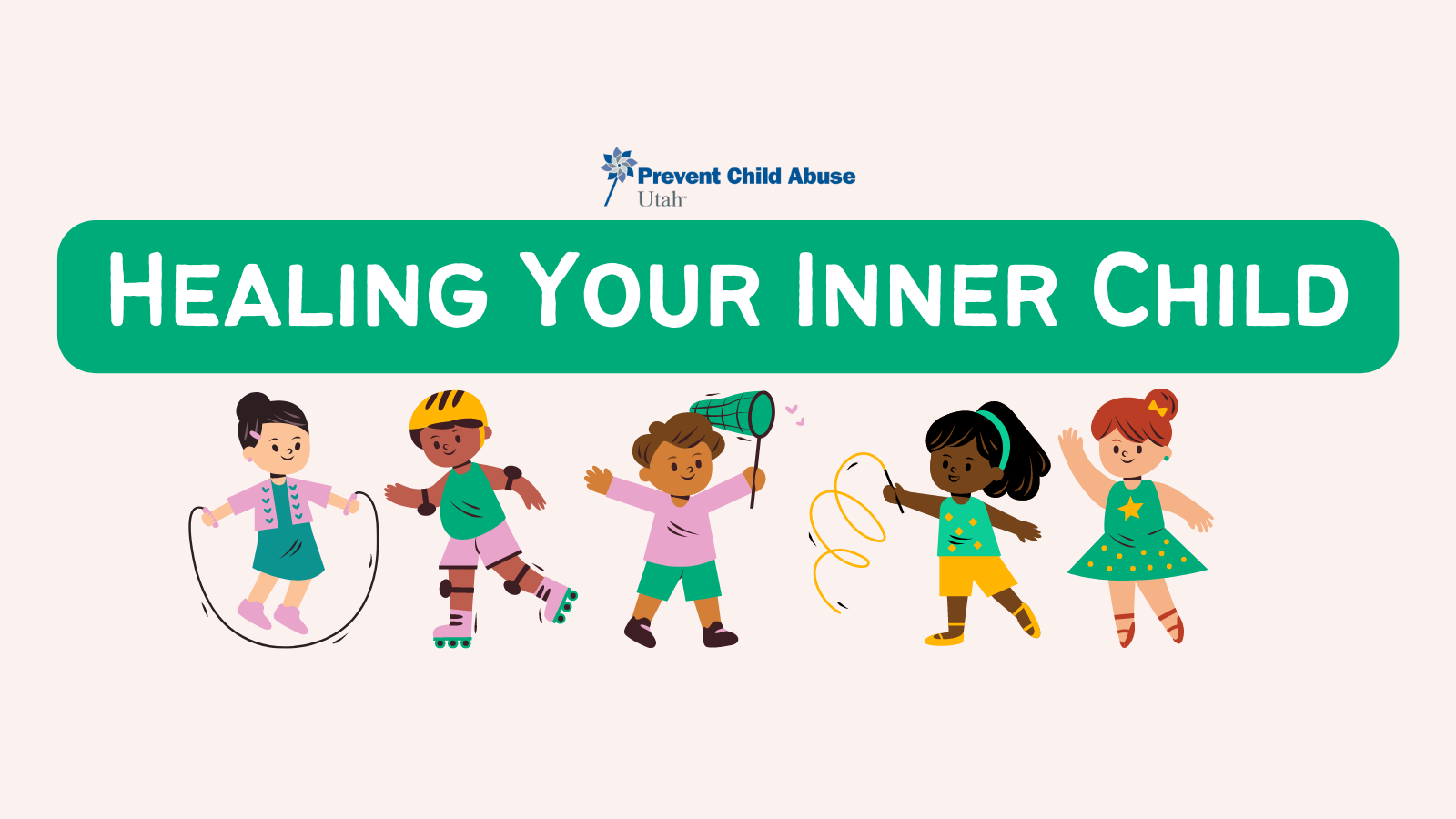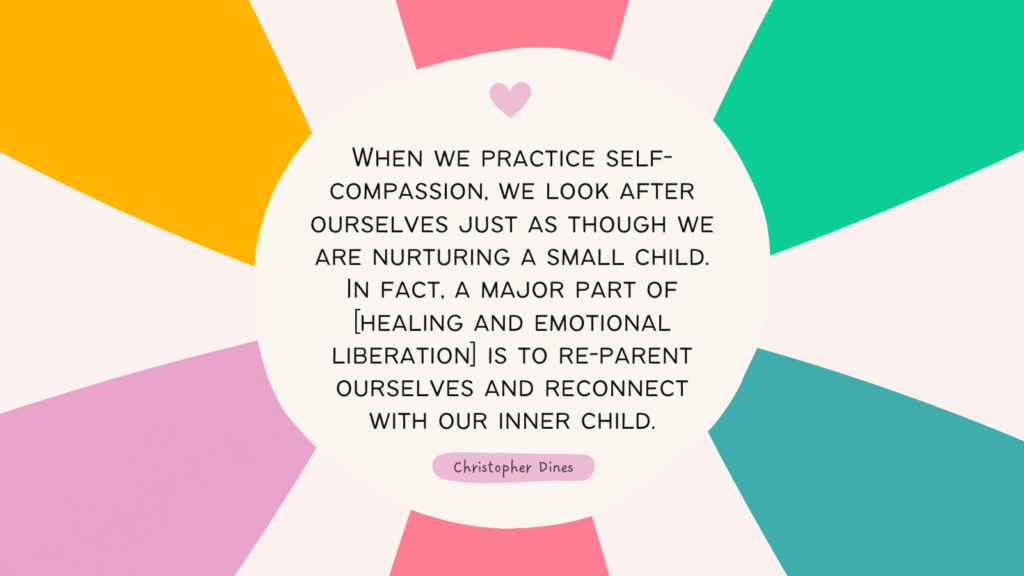
What it is, how to heal it, and why it matters.
What is your inner child?
Your inner child is a representation of yourself from childhood. This part of your brain contains both positive and negative aspects of your childhood. For example, it could be where you first learned to experience joy, be creative, or express enthusiasm. At the same time, it can also house the wounds of your past. These wounds could range from past abuse, a dysfunctional home life, bullying at school, or even small moments where you felt small or afraid.
Knowing your inner child can help you discover the reasoning behind current fears, behaviors, triggers, or life patterns. This self-examination allows us to understand ourselves better and start healing our old wounds.
How do you know if your inner child is wounded?
So, how do you know if your inner child is wounded and needs help? A wounded inner child can look different for each individual and may include behaviors such as:
- Patterns of self-sabotage
- Challenges setting boundaries or expressing needs
- Childish outbursts (like tantrums or silent treatments)
- Fear of abandonment
- Self shaming, restriction, or punishment
- Commitment issues
- Difficulty explaining feelings
- Chronic people pleasing
- Performing or achieving for love
How can I heal?
We can heal these wounds through a process called “reparenting.” Reparenting is an approach to recognizing and healing these childhood traumas by meeting our unmet needs from childhood. It is becoming the wise parent-figure you may have lacked and guiding yourself to the support you need. Perhaps as a child, you felt like your parents’ love depended on your success or achievements. Reparenting could look like participating in an activity for fun instead of the outcome. You might try a new hobby (like art or a sport) and focus on the experience of it as opposed to being the best at it.

What steps can I take now?
Consider taking some of the following steps as you begin to heal your inner child and reparent yourself:
- Acknowledge your inner child by recognizing what caused you pain in childhood. Accepting our childhoods in their entirety (both the good and the bad) helps us better understand ourselves.
- Notice what your feelings are telling you. When you feel angry, uncomfortable, sad, or vulnerable, seek to understand the underlying reason.
- Rekindle your childhood joys. What activities brought you the most joy? Reading, moving, drawing? Start these activities again and get in touch with your creative or curious side.
- Meditate and learn to sit with your emotions. Emotions aren’t bad, they are neutral messengers that give us information about ourselves and our needs.
- Write a letter to your inner child. Ask them how they feel, what they need, and what you can do to support them as adults.
- Journal as your inner child. This can help you explore a certain age, time period, or life event that was formative for you. Try to recall how you felt at that age, and write down your thoughts and feelings.
- Understand that healing isn’t linear. You may never reach the end of a healing journey, and that’s okay! Try to focus on the process and not the ned result, the goal is progress not perfection.
- Seek out a therapist! Inner child work is difficult, and your past traumas can be distressing. There is nothing wrong with seeking professional help.
Healing Helps
Reparenting is a powerful tool because it empowers you to make changes in your own life and take responsibility for your healing. Not only will it help you become a more whole and healed person, but it can also help you parent the children that are or will be in your life. Parents who understand their feelings and needs and meet them compassionately are better equipped to do the same for their children.
To learn more about healing your inner child and parenting, follow us on Facebook, Instagram, and TikTok. If you are a parent and would like extra support on your parenting journey, check out our Parents as Teachers or Nurse-Family Partnership programs.
